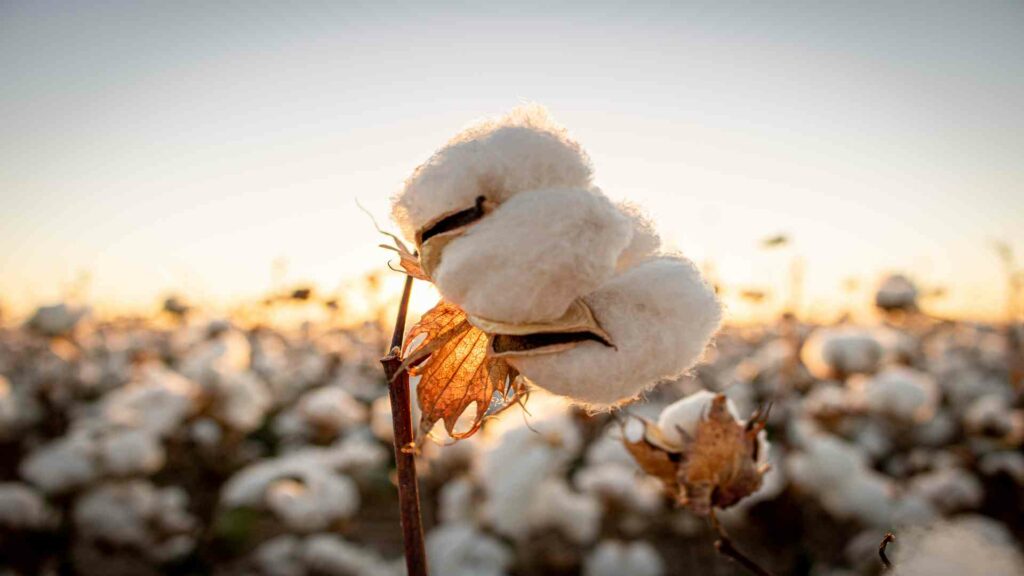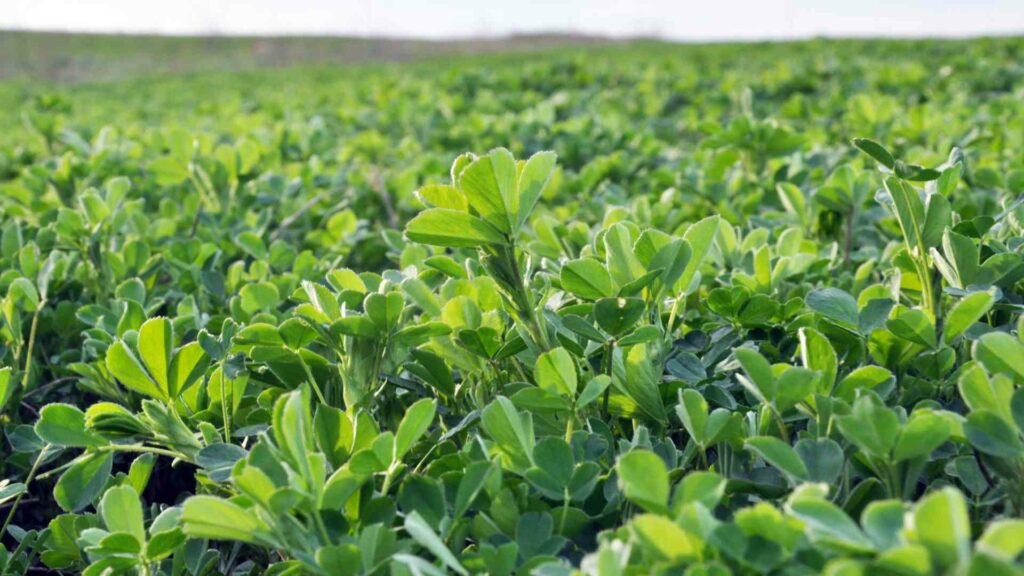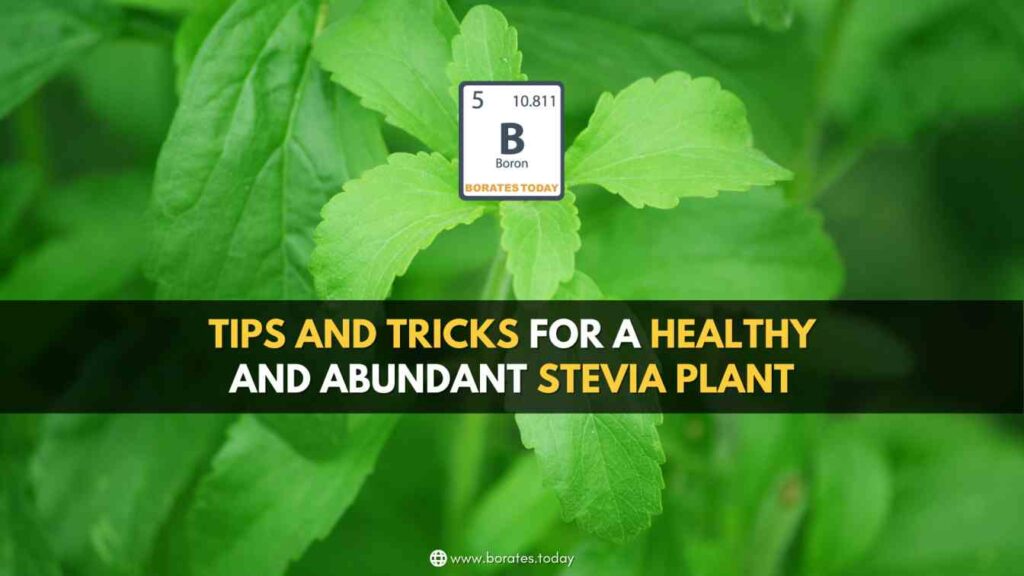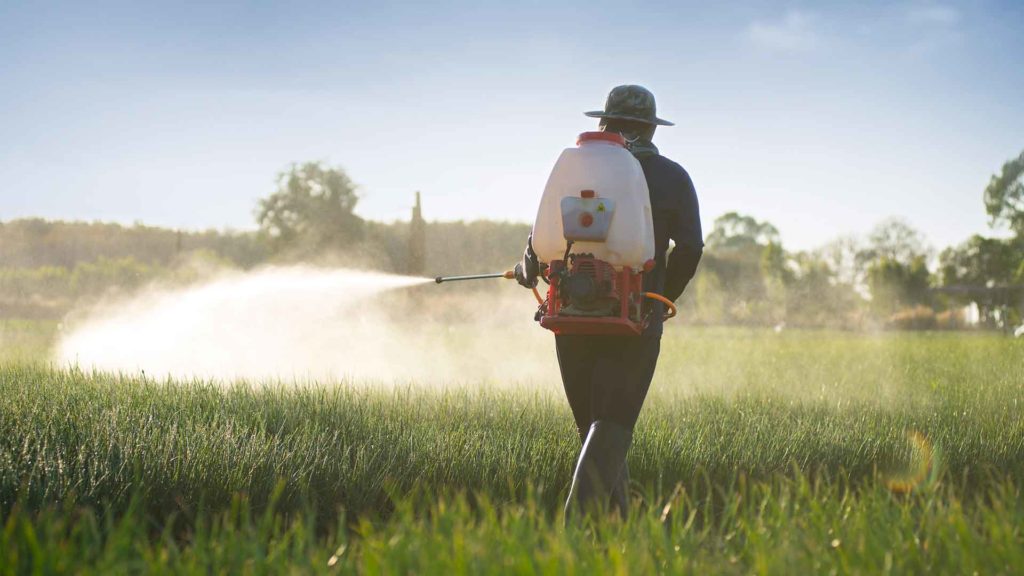Boron Deficiency
Boron deficiency is a prevalent problem among plants. The most common micronutrient deficiency worldwide causes significant losses in crop production and quality. But what are the symptoms of boron deficiency? And what cures are available?
Boron Deficiency in Plants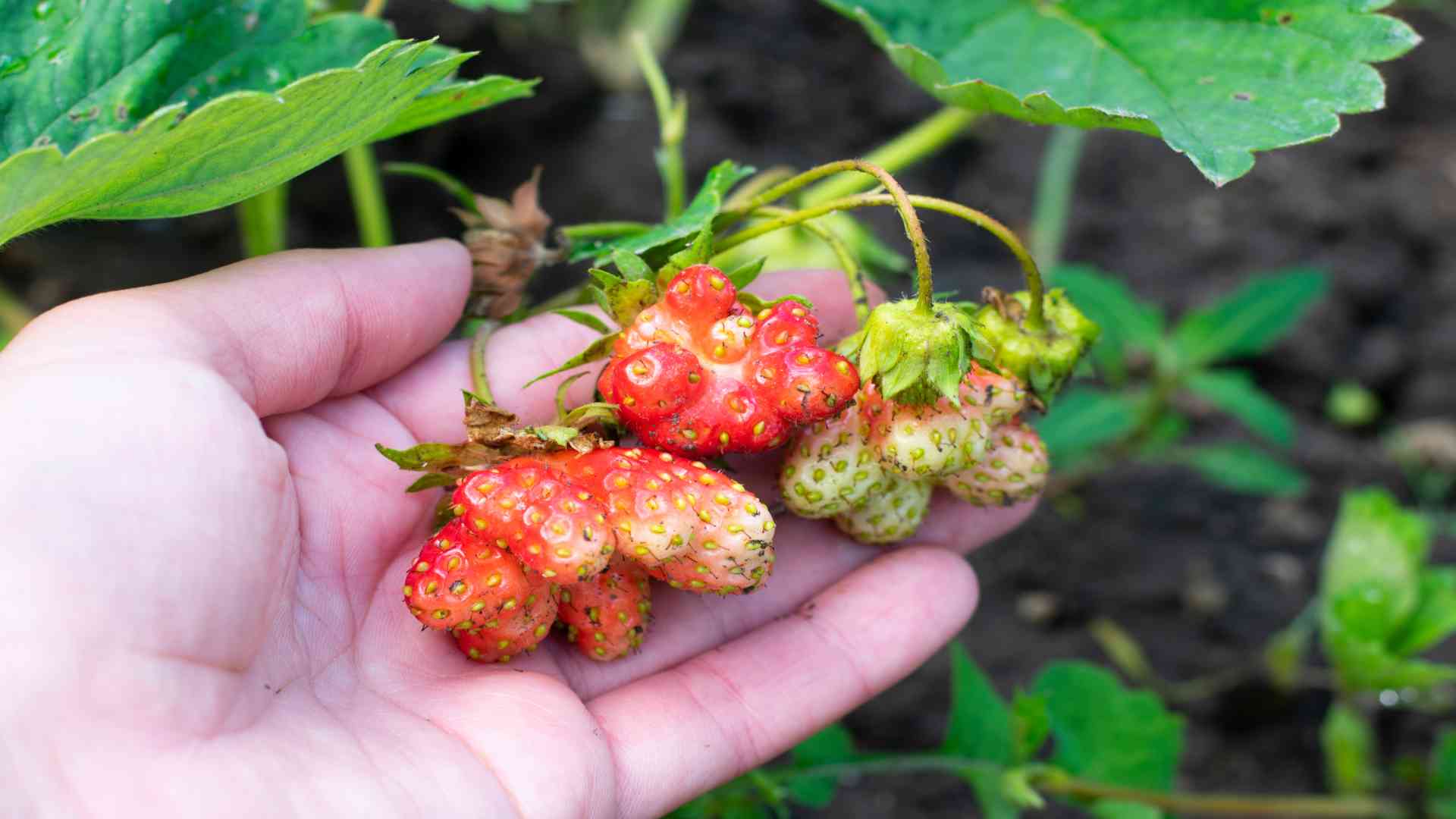
Boron In Plants
Boron is an essential micronutrient for the healthy growth and development of plants. It is found in plant reproductive structures as well as cell walls. This micronutrient is classified as mobile in soil, which means it tends to move around within the soil. Because only trace amounts of boron are required, even the micronutrient distribution throughout the plant is critical.
Boron is essential for various plant functions, including plant maintenance, stability, and biological membranes’ functional and structural integrity. It is responsible for the sugar movement, which results in energy for the plant areas that require growth, seed set, and proper pollination. Nitrogen nodulation and fixation in legume crops are ineffective with insufficient boron.
In plants, boron is found in both water-soluble and insoluble forms. The amount of water-soluble boron in intact plants varies with the amount of boron supplied, whereas insoluble boron does not. Boron deficiency demonstrates a decrease in water-insoluble boron. The insoluble boron appears to be the functional form, while the soluble boron appears to be the surplus.
Boron In Soils
Boron can be found in the soil in various forms, the most common of which is Boric Acid (H3BO3). Boron levels in soil should be around 12 mg/kg. Boron deficiency is observed if the soil’s boron content falls below 0.14 mg/kg. It is observed with high pH in basic soils because boric acid exists in an undissociated form that the plant cannot absorb.
Boron deficiency occurs in soils with a low organic matter content (1.5 percent). Highly leached sandy soils also characterize it because the boron is not retained in the soil. Boron toxicity is possible if the soil’s boron content is high enough that the plant cannot cope. The boron levels that are toxic to plants vary depending on the plant species.
Boron Deficiency Affects Plant Quality
Insufficient boron can have significant impacts on plant quality. This includes reduced turgor, decreased fertility and pollen production, underdeveloped calyxes, slow growth, and stunted vegetation. In general, boron deficiency can cause significant reductions in reproductive and vegetative growth at all stages of development. If left untreated, both female and male flower development is seriously affected.
Boron Deficiency Symptoms
A boron deficiency in plants can lead to distorted growth of the leaf tips, curled or wrinkled new leaves, hollow or rough plant stems, and fading of the growing tips. Affected roots may lead to slow or unhealthy growth; it may inhibit fruit yield in severe cases.
Boron deficiency is more common in low humidity or when plants are underwatered. New growth is affected more than any other function, frequently resulting in scorched or burnt areas.
Some crop-specific symptoms are:
- Apple – When interacting with calcium, it may appear as a “water core” with frozen internal areas.
- Beetroot has rough, cankered patches on the roots and internal brown rot.
- Cabbage has disrupted leaves and hollow regions of the stems.
- Cauliflower has poor curd development and brown patches. Stems, leafstalks, and midribs became rougher.
- Celery- Develops cracks on the upper surface of leaf stalks, and the inner tissue is reddish-brown.
- Celeriac induces brown heart rot.
- Mango shows internal lesions and cracking.
- Pears’ new shoots die back in the spring, and the fruits develop hard brown flecks inside the skin.
- Strawberries have slow growth, small vegetation, yellow, and puckered at the tips.
- The fruits are small and light in color.
- Swede (rutabaga) and turnip roots develop brown or grey concentric rings.
- Arecaceae (Palm Tree) has brown spots on the ferns and decreased productivity.
Boron Deficiency Causes
Boron is absorbed by the plant’s roots and then transported throughout the plant via the transpiration stream. Boron uptake is dependent on the active movement of water. Plants suffer from boron deficiency if there is insufficient movement.
Some of the other causes are
- Deficient boron in fertilizer or tap water
- Dry or wet soil
- High humidity
- High pH levels
- High Calcium levels
- Densely packed soil
- Cold root growth areas
- Inactive roots
Boron Deficiency Treatment in Plants
Some common deficiency treatments include:
- Resolve stressful situations.
- Use high-quality boron-containing soil.
- Put an end to using reverse osmosis or heavily filtered water.
- Regulate the pH of the growing medium.
- Make sure the plants have enough water.
- Provide ample moisture through humidifiers in grow rooms.
- Fill the growing medium with pH-balanced water.
- Keep an eye for new growth in the plant.
Stressful situations can cause boron deficiency. Once the stress is addressed, the deficiency may go away. Good soil with various nutrients is required to prevent boron deficiency in plants. Giving plants specific types of water, such as reverse osmosis or heavily filtered water, can result in a deficiency. In most areas, tap water contains more than enough boron for plants.
The most common cause of boron deficiency is a high pH range. At higher pH levels, plants are unable to absorb boron properly. If the level is extremely high, boron deficiency symptoms can persist even if there is enough boron close to the plant’s roots. Plants do better in soil with a pH of 6.0 to 6.5 because the roots more easily absorb nutrients.
Boron’s best absorption rate is less than 6.5. Plant health is best found in aquaponics with a pH range of 5.5 to 6.2. The suggestion is to keep the pH level between 5.5 and 6.5, but boron has specific needs. When the pH is less than 6.2, the plant’s roots absorb the most water. Boron is not absorbed by plants when there is insufficient moisture.
Boron deficiency in plants can be treated by watering them or increasing the humidity level to at least 25%. A humidifier is often required to ensure boron absorption if the plants are grown in a growing room. Boron deficiencies are treated by rinsing the growing medium with pH water and nutrients. Older leaves that have sustained damage will not recover.
How Much Time Does A Plant Take to Recover from Deficiency?
Plants will most likely die if the damage is too severe. If not, they should recover in a couple of days. The appearance of new growth is the first indication that the boron deficiency has been eliminated.

